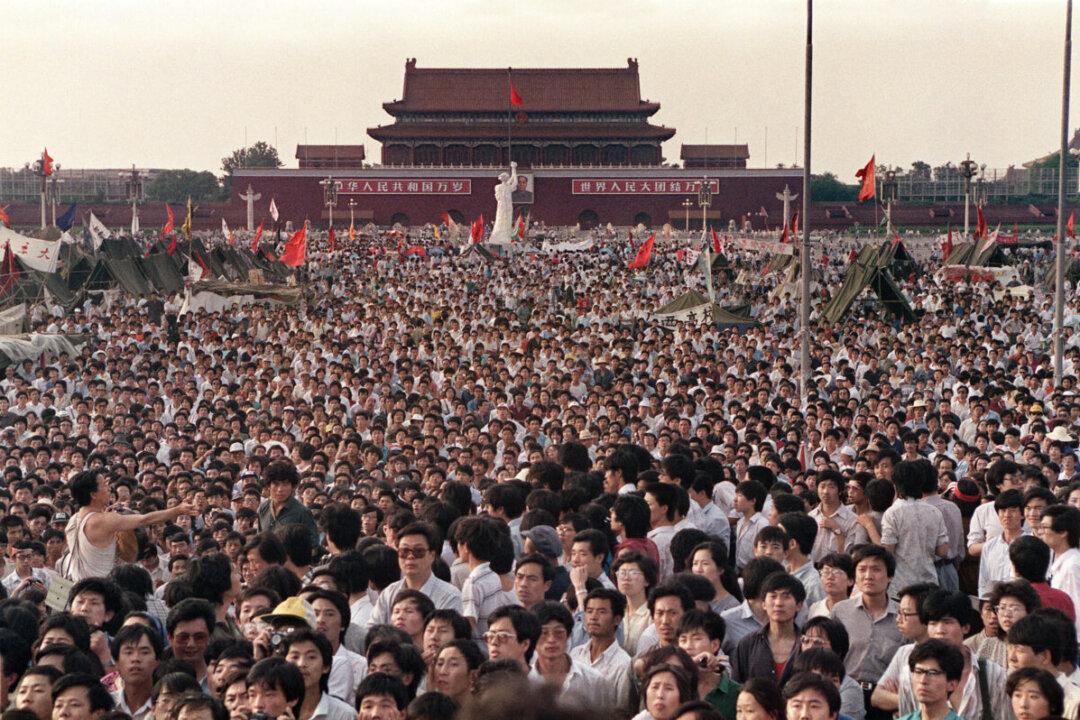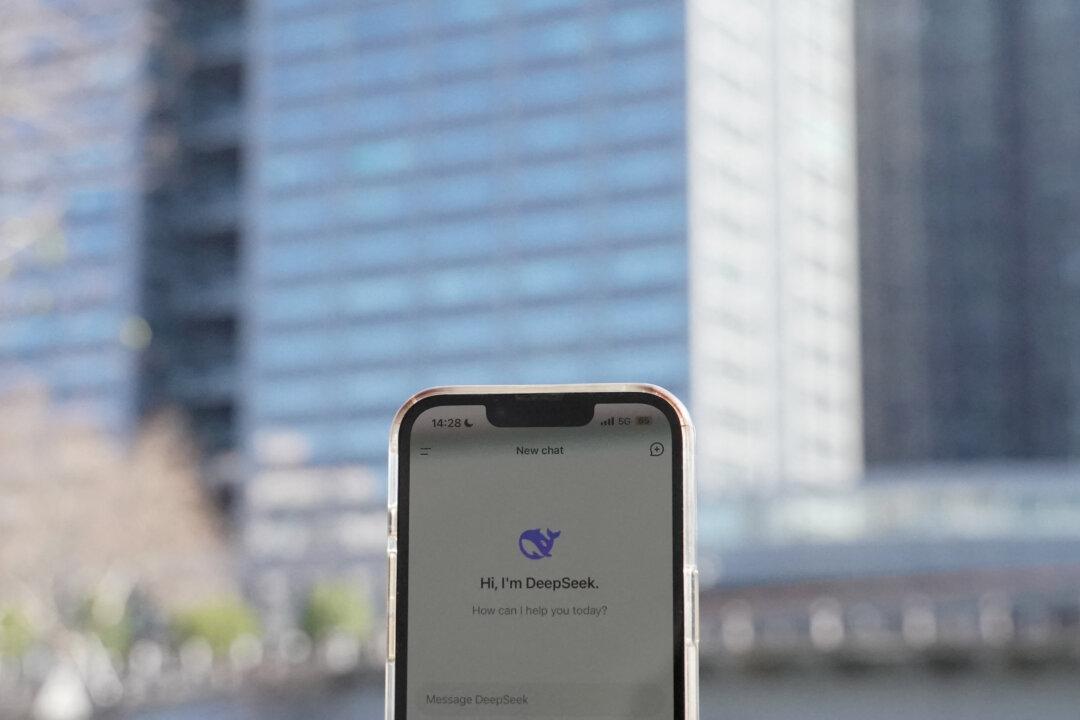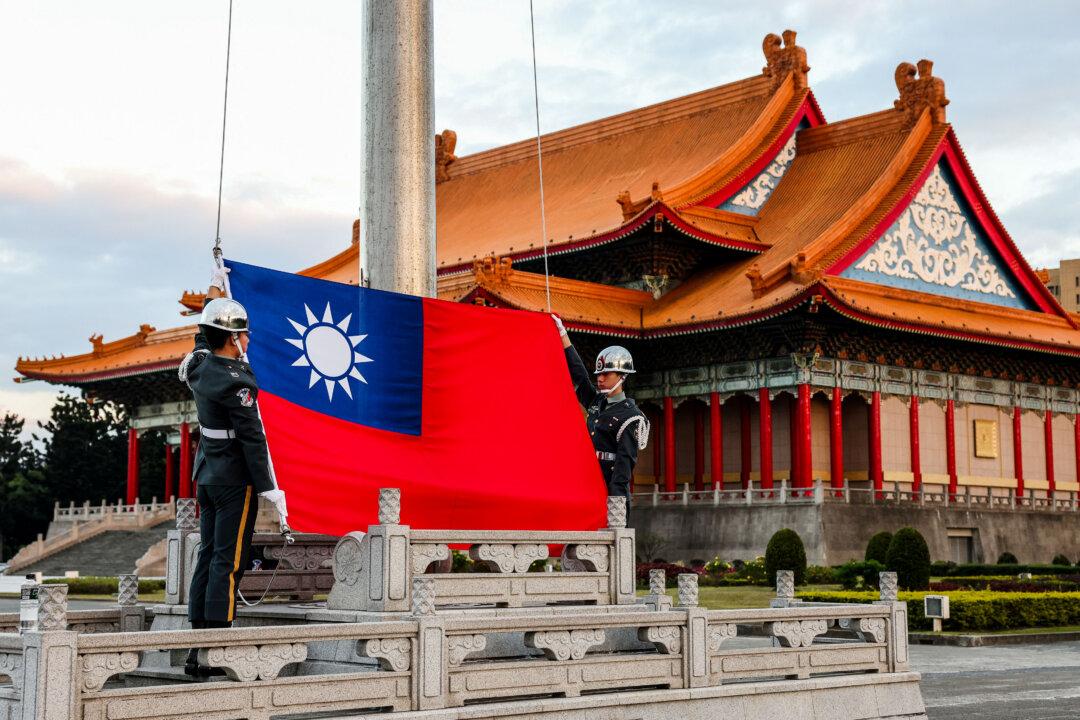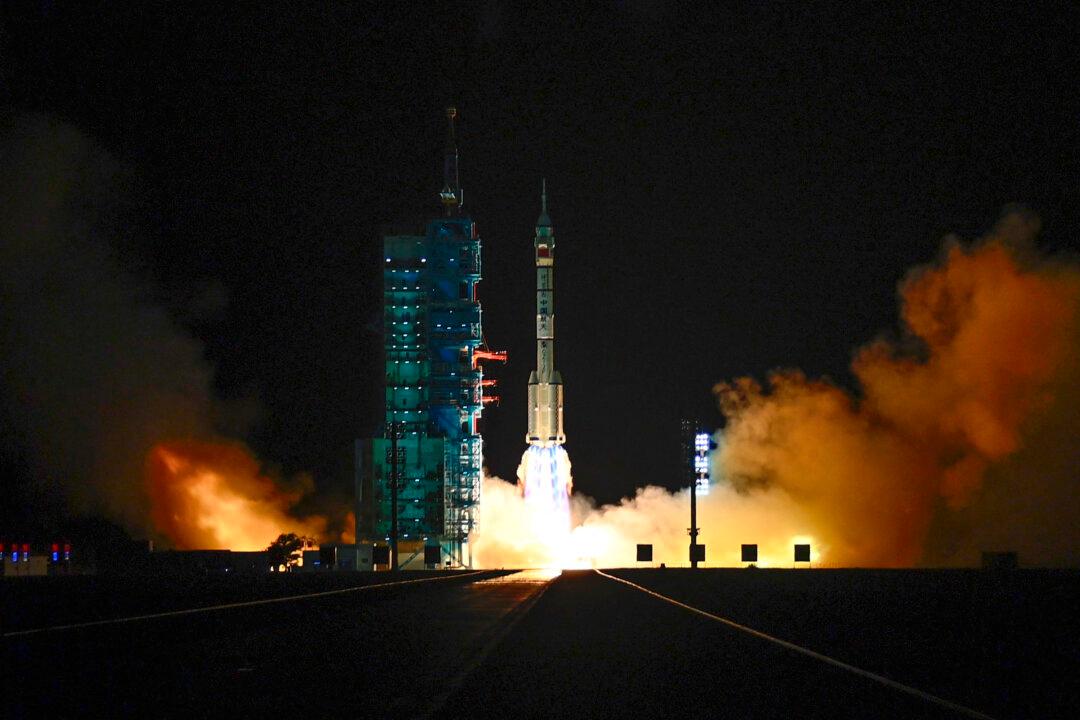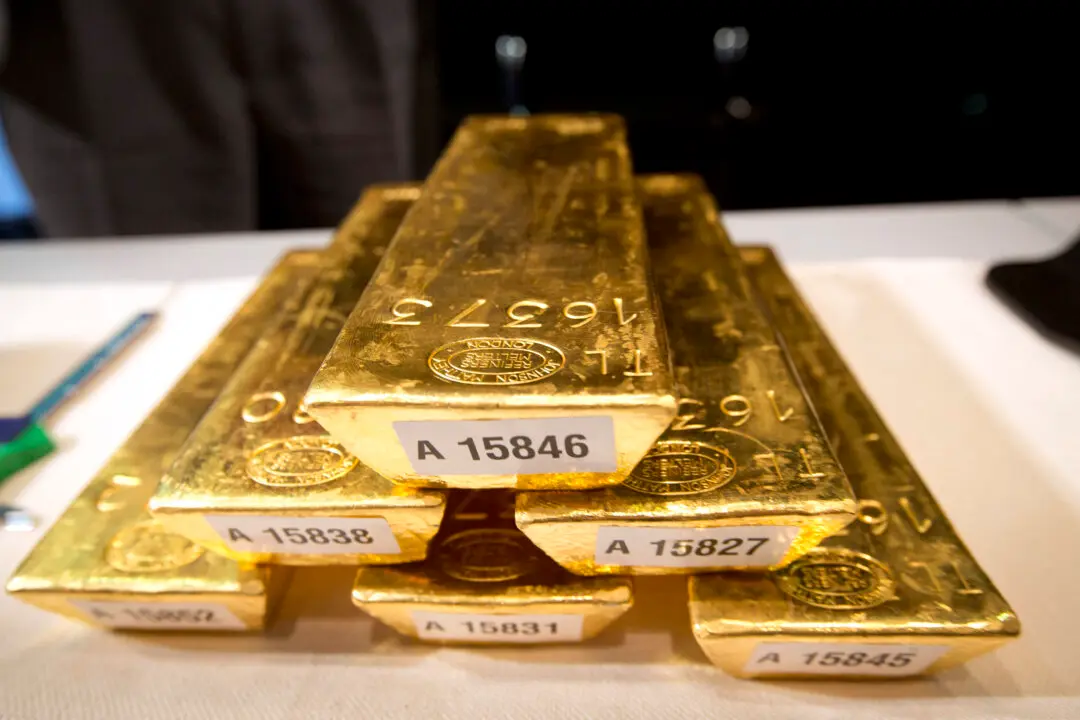This year marks the 35th anniversary of the June 4 Tiananmen Square incident. A surviving student leader from Tsinghua University, now residing in the United States, shared his harrowing experiences with The Epoch Times, shedding light on events leading up to the tragic massacre and recounting his escape from death and subsequent incarceration.
The CCP’s launch of its “reform and opening-up” policy in 1978 aroused public outrage for enabling instances of corruption, profiteering, and the exploitation of privilege within the party ranks. Raising people’s awareness of this systemic dysfunction became the focus of the “1986 Student Demonstration.” From Dec. 5, 1986, to Jan. 2, 1987, student protestors demanded political reform and voiced their aspirations for democratic rule.
